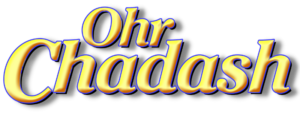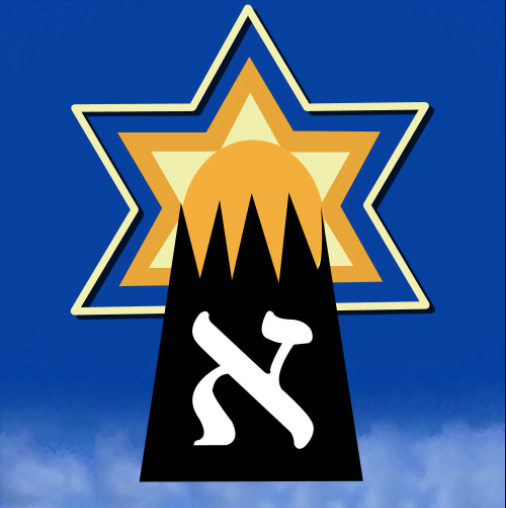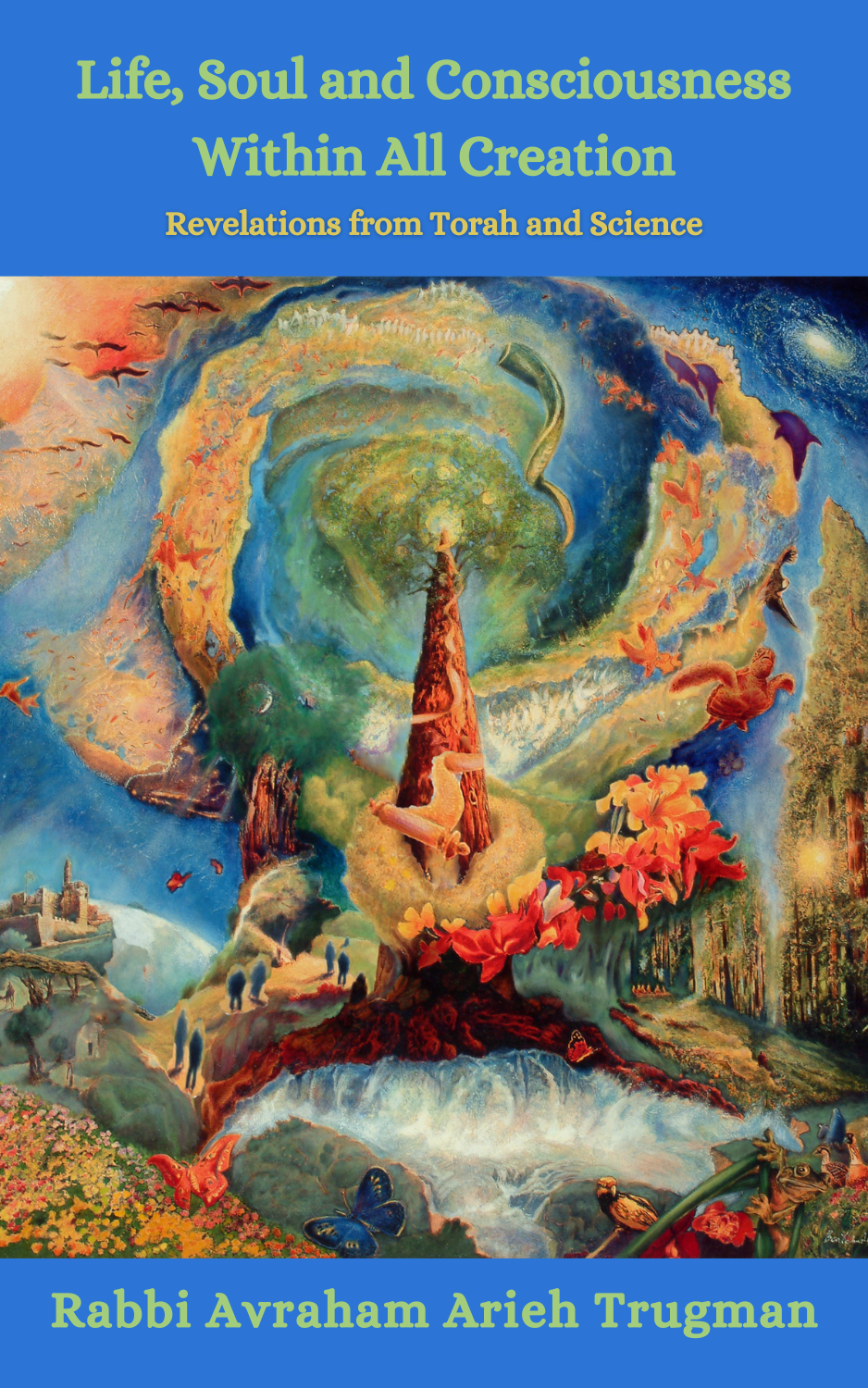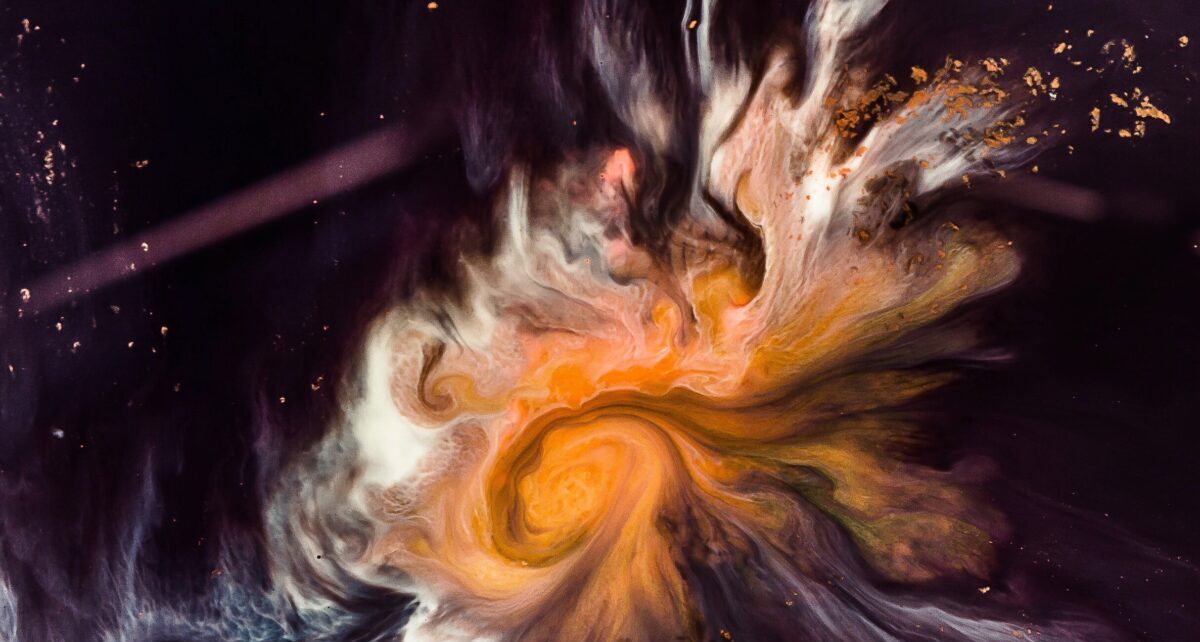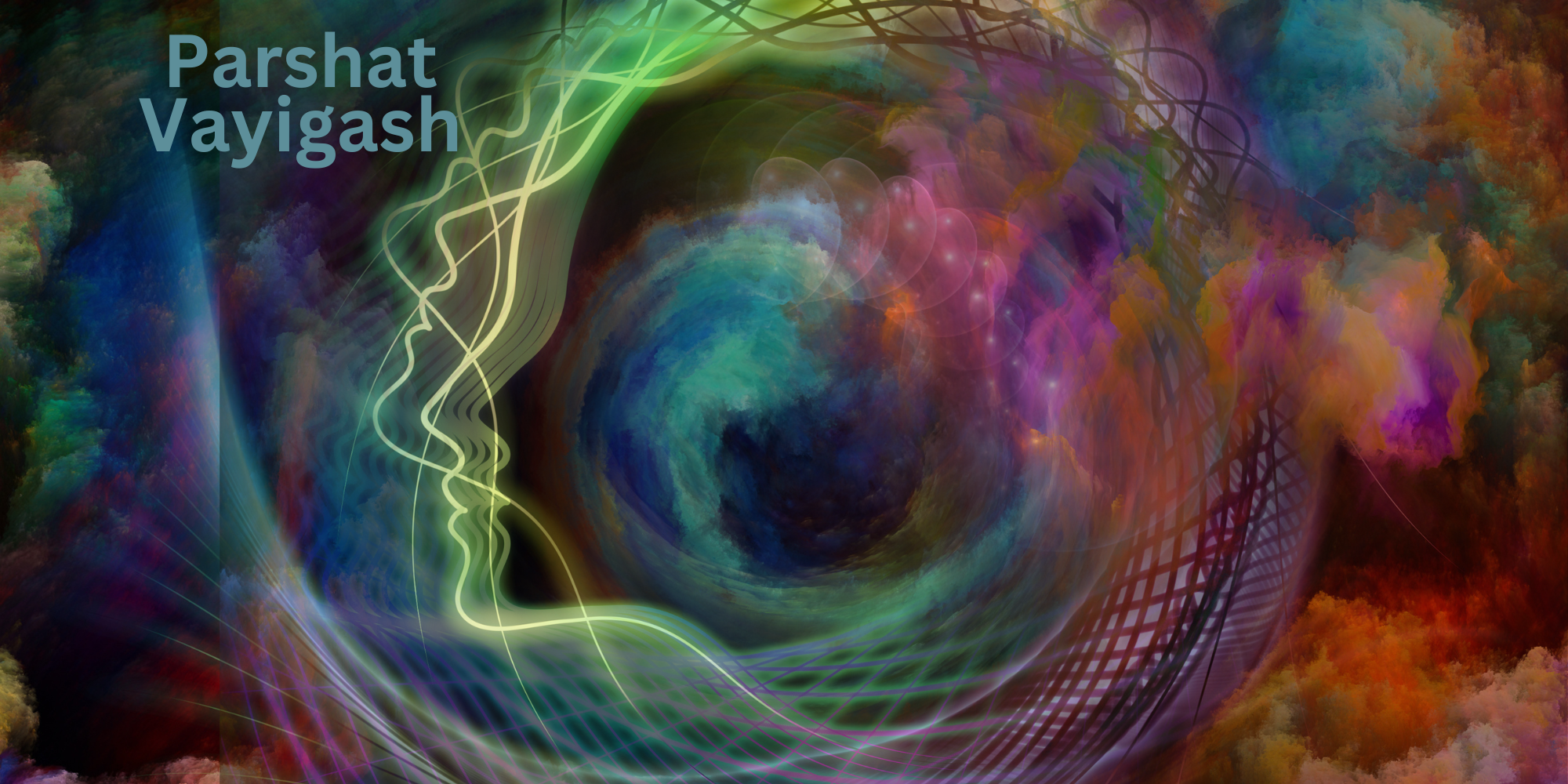The idea that processes are dynamic in nature, as reflected by the journeys and encampments in the beginning of this portion, is also apparent in the biblical borders of the Land of Israel delineated, for the first and only time in the Torah, later in this portion. Although there are scholarly disagreements over where exactly these borders are on the map, the Torah’s description is quite detailed. Rabbi Yitzchak Ginsburgh notes that over the course of Jewish history there were actually five different sets of borders:
- The borders described in our portion of Masei.
- The borders established by conquest by those who entered the Holy Land with Joshua.
- The borders of those who returned from the Babylonian exile.
- The borders promised to Abraham in the book of Genesis (from the river of Egypt to the Euphrates), which far exceed the above three.
- The borders promised in the Messianic era of which it is stated: “In the future the land of Israel will spread [and encompass] all the lands [of the earth]” (Pesikta Rabbati).
When contemplating the deeper meaning of these changing borders, we realize that just as the journeys and the encampments in the desert were part of an ongoing process of change and growth, so too are the borders of Israel. They are not static; rather, they are pulsating and ever-changing. The truth of this statement is borne out by the last fifty years of the twentieth century when the borders of modern Israel changed many times.
The second paragraph of Shema, which is recited twice daily (Deuteronomy 11:13-21), contains both the literal peshat as well as the deeper sod (secret) of how the borders are set in each generation. If we follow God’s word and observe His commandments we will receive the rain in its time and we will thrive and live in peace in our land. But if we do not obey God’s word then the heavens will be shut up (no rain will fall) and we will be exiled from the Land. The message is clear. The Jewish people’s right to live in the Holy Land is a privilege directly dependent on its actions and the moral and ethical fiber of the Jewish society created in the Land. The same holds true for the physical borders of the Land: the greater the Jewish people’s merit and degree of holiness, the more the borders will expand and the more the holiness of the Land will increase. Ultimately, in the Messianic era this holiness will radiate throughout the world and the borders of the Land will expand to encompass the entire world. The people and the Land in fact form a unified symbiotic unit. The Land responds to the Jewish people’s actions, and the people are meant to respond to the Land’s great holiness.
A beautiful remez to the central role played by the Land and people of Israel in humanity’s historic progress is found in the description of the borders in our portion of Masei. The Torah uses the same word (totsotav), “its limit,” to describe the border in each of the four directions. Rabbi Yitzchak Ginsburgh explains that the numeric value of this word is 913, the same as “bereishit” (“in the beginning”), the first word of the Torah. This link between the Land of Israel’s borders and the first word in the Torah reminds us of Rashi’s very first comment on the Torah: Why if the essence of the Torah is the commandments does the Torah begin with the account of creation and not with the first commandment given to the Jewish people?
Rashi answers this rhetorical question by stating that in the future the nations of the world will accuse the Jewish people of stealing the Land of Israel. In order to preempt such a challenge the Torah begins with the account of creation to establish once and for all that the same God who created heaven and earth is the One who gave the Jewish people the Land of Israel. This insight is quite relevant today, when much of the world does in fact accuse us of stealing the Holy Land. In this sense, Rashi’s commentary is truly prophetic.
On a deeper level, we must realize that the borders of Israel are intrinsically connected to the very purpose of creation – establishing a dwelling place for God in this the most physical of worlds. The Land of Israel’s Messianic borders will bring to fruition the concept that “the last in deed is the first in thought” (a phrase sung in “Lechah Dodi,” one of the Shabbat evening prayers); these borders already conceived of at the moment of creation will finally be established at the End of Days.
In the future, the Creator’s infinite energy will be revealed within the finite parameters of the physical world. In a sense, the finite’s ability to contain the infinite is the ultimate unity, the resolution of the paradox of how an infinite Creator can relate to a finite world. In Chassidut the experience of this paradox is captured by the Yiddish phrase “in velt v’oys velt” (being in and out of the world at the same time). This redemptive reality is represented by Israel’s holiness expanding to encompass the entire world, as the limited borders of this present physical reality will expand to encompass the infinite Presence of God. Until then, we need to use our thoughts, speech, and action to create vessels that will prepare the world for that era. May it come to pass speedily and in our days.
